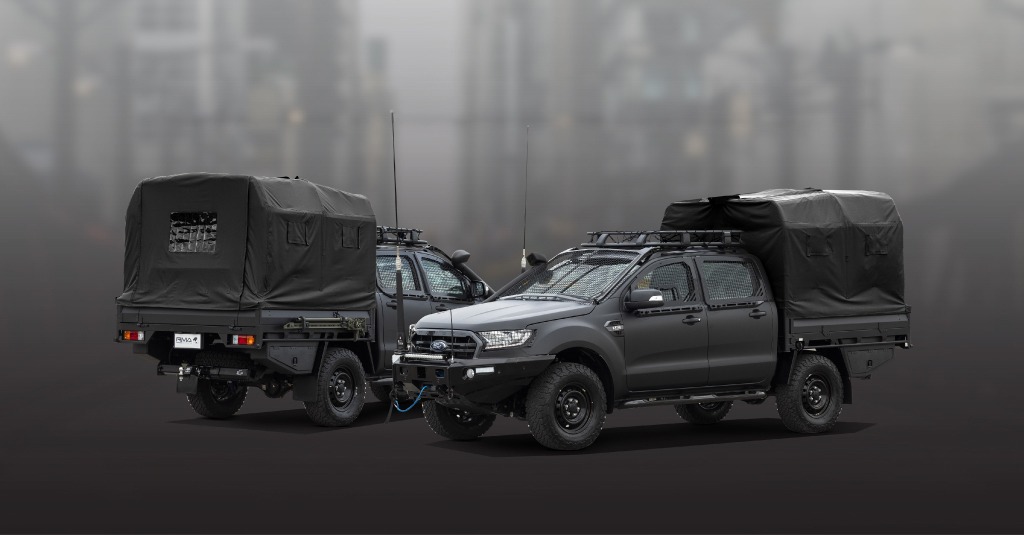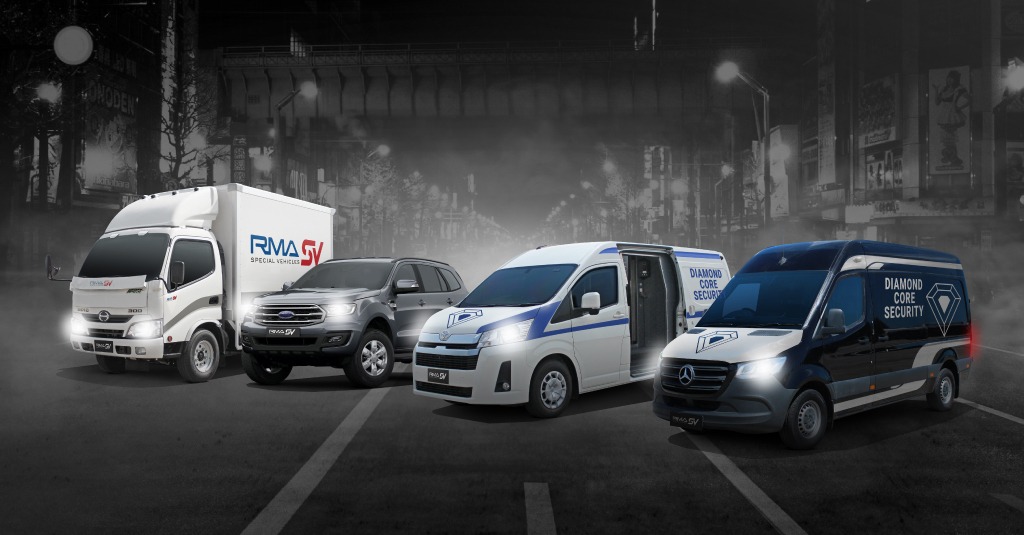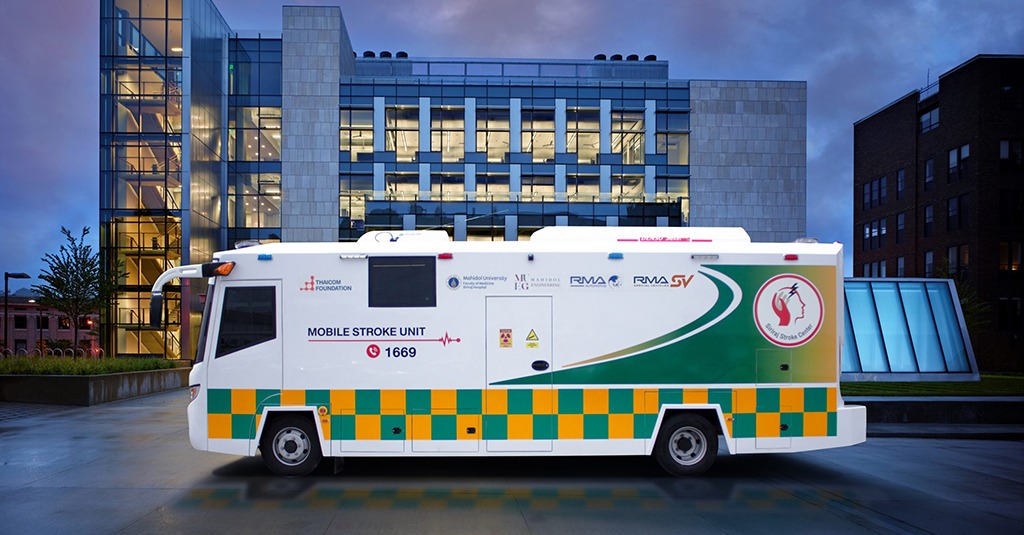INTRODUCING THE FORD RANGER LIGHT TACTICAL VEHICLE

RMA Special Vehicles have developed a 4X4 Light Tactical Vehicle based on the Ford Ranger Double Cab 1-ton Pick Up, designed for both defense and civilian use.
RMA Automotive, the manufacturers of RMA Special Vehicles have been building modified versions of the Ford Ranger for nearly two decades.
The Mach 1 Ford Ranger security vehicle version was equipped with heavy-duty features including coolant block heater, dual batteries, SORV suspension, a heavy duty fuel filter, a 120L long range fuel tank, a pintle hook mount, and a rear heavy duty bumper with a jerry can swing arm. RMA Automotive modified a total of 46,000 vehicles in fulfilment of contract with the Afghan National Security Forcesb that began in 2003
The Mach 2 added more features to this robust vehicle. Mach 2 included a light bar CAN (electrical signals) control, window grid protection, lamp grid protection, search light, armor, run flat tyres, a heavy duty SORV suspension, heavy duty seat covers, a 24V converter, high power alternator, front bull bar with airbag compliance, and cabin ROPS (roll over protection system).
Mach 3 was unveiled at the Defense & Security Show in Thailand in 2019. Among the latest features are rear ROPS, nine rear seats and an increase in the GVW (Gross Vehicle Weight). Mechanical inclusions are a front bar with high beam spotlight, radio racks, drop side trays, side utility boxes, F63 jet fuel compliance, roof rack and rear bumper. Electronic modifications include EMC (Electromagnetic compatibility) compliance and black out feature which at a flick of switch shuts down the vehicle’s entire lighting system
RMA Special Vehicles have been delivering the Ford Ranger LTV to customers globally. The vehicle is supported by RMA’s comprehensive parts supply, technician training and service support. .
Stanley Chan, Global Product Development General Manager, leads the team in fitting customized military applications, had the following to say about the project: “The biggest challenge of this project was meeting the requirements of the military and individual regions. For example, Europe has their own bandwidth requirements as does the military – we need to modify vehicles to meet both. Additionally, the Ford Ranger was not initially developed as a purpose -built vehicle, our team made upgrades to the vehicle so that it meets military requirements.
Find out more about RMA SV Light Tactical Vehicle.



